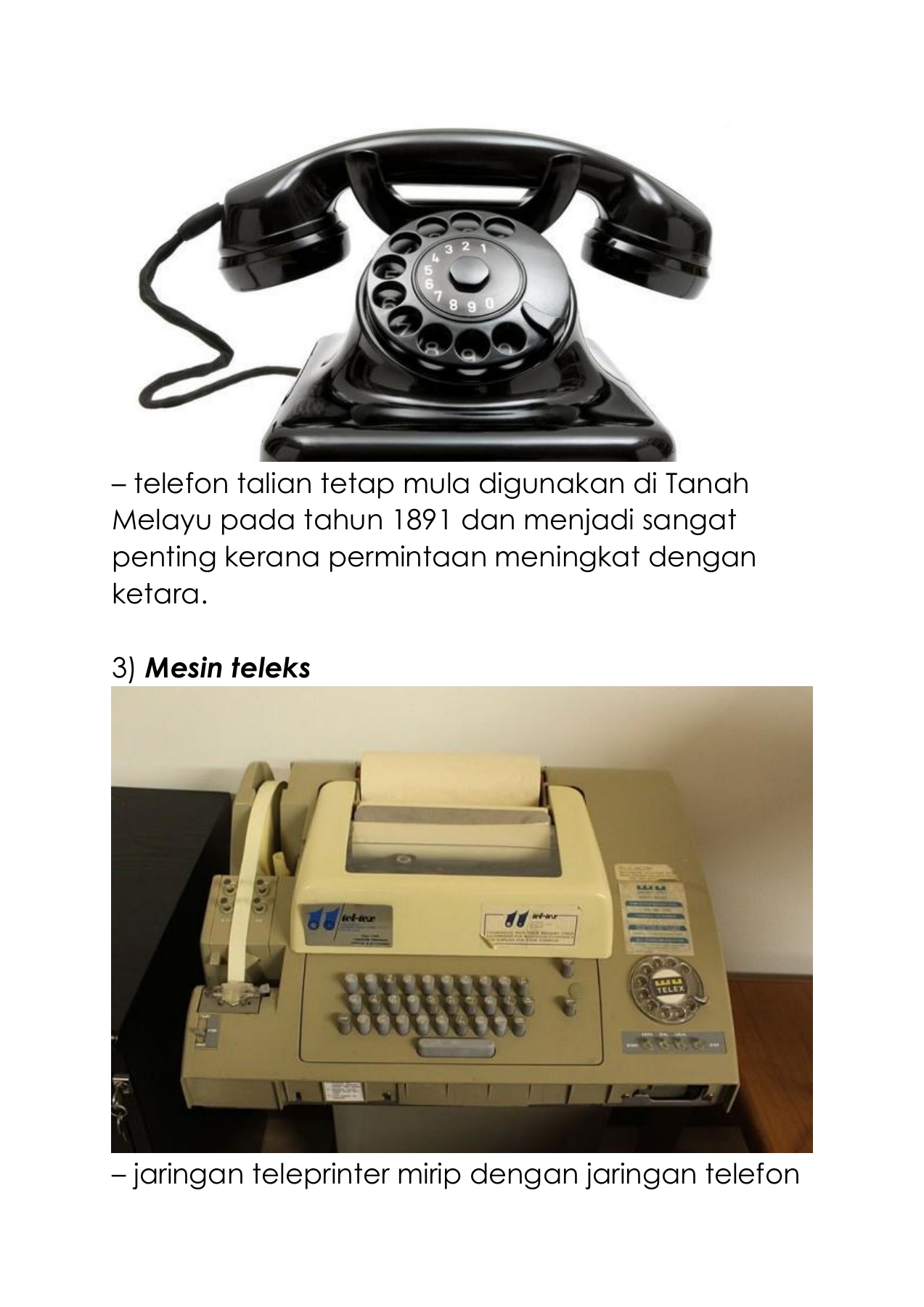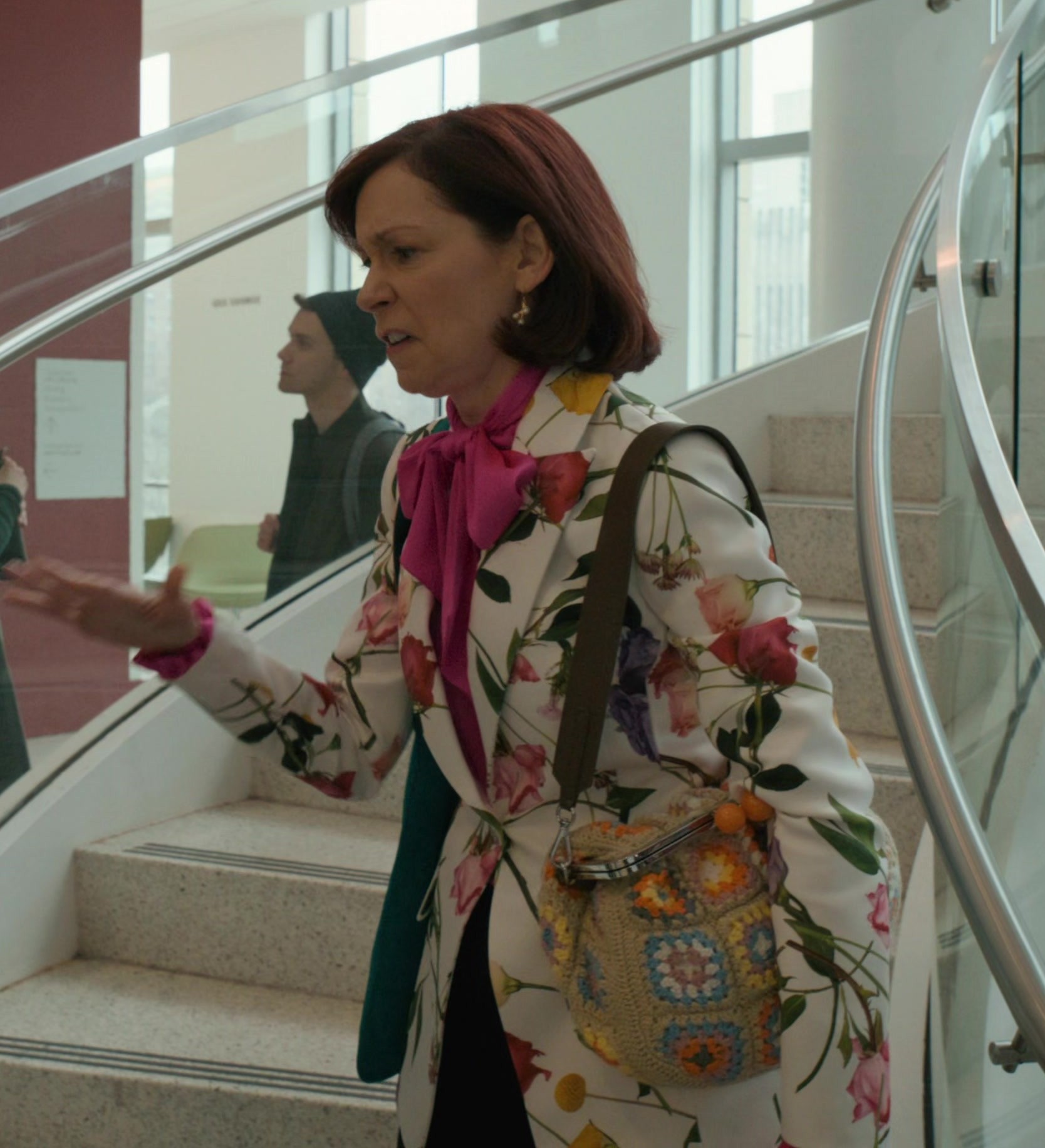Is Secondhand Shopping's Golden Age Upon Us?

Table of Contents
The Environmental Impact of Secondhand Shopping
Fast fashion’s environmental impact is undeniable. The industry is a major contributor to textile waste, water pollution, and greenhouse gas emissions. Secondhand shopping offers a powerful solution, significantly mitigating these harmful effects. By choosing pre-owned clothing, you actively participate in a circular economy that reduces the demand for new garments.
- Reduced Textile Waste: The fashion industry generates mountains of textile waste annually. Secondhand shopping directly reduces this waste by extending the lifespan of existing clothes.
- Lower Carbon Footprint: Manufacturing new clothing is energy-intensive. Purchasing secondhand items drastically reduces the carbon footprint associated with production, transportation, and disposal.
- Resource Conservation: Producing new clothes requires vast amounts of water and energy. Secondhand shopping conserves these precious resources by utilizing existing materials. The reduction in water usage alone is a significant environmental contribution.
- Fighting Fast Fashion's Impact: Fast fashion's unsustainable practices contribute heavily to climate change. Secondhand shopping is a conscious step toward combating the negative consequences of this industry.
The Economic Advantages of Secondhand Shopping
Secondhand shopping isn’t just good for the planet; it's also good for your wallet! Pre-owned clothing offers exceptional value, allowing you to acquire high-quality items at significantly reduced prices.
- Affordable Fashion: Finding designer labels, unique vintage pieces, and everyday essentials at a fraction of the retail price is a key benefit of thrifting and consignment shopping.
- Unique Finds: Secondhand stores are treasure troves of unique items unavailable in mainstream retail. You can discover one-of-a-kind vintage pieces and cultivate a truly individual style.
- Extending the Lifecycle: By purchasing secondhand, you extend the life cycle of clothing, reducing overall consumption and saving money in the long run.
- Reselling and Consignment: The secondhand market offers opportunities to resell or consign your own pre-owned items, creating a cyclical economy and generating extra income. This is a great way to fund your future secondhand shopping sprees!
The Rise of Online Secondhand Marketplaces
The digital revolution has transformed secondhand shopping, making it easier than ever to find and buy pre-owned goods. Online secondhand marketplaces are experiencing explosive growth, offering unprecedented convenience and selection.
- Increased Accessibility: Online platforms like Depop, ThredUp, and Poshmark provide access to a vast inventory of secondhand clothing from around the world.
- Convenient Shopping: Shop anytime, anywhere, without the limitations of physical store hours or geographic location. The convenience is a significant factor in the growing popularity of online secondhand shopping.
- Social Media's Influence: Social media platforms like Instagram and TikTok play a crucial role in promoting secondhand shopping, showcasing unique finds and inspiring others to embrace sustainable fashion choices.
- Evolving E-commerce: Online consignment and thrift stores are constantly improving their features, increasing user-friendliness, and enhancing the overall shopping experience.
Overcoming Concerns About Secondhand Shopping
While the benefits are clear, some concerns about secondhand shopping exist. However, these can be easily addressed with a little knowledge and caution.
- Condition and Cleaning: Carefully inspect items before purchase and don’t hesitate to ask questions about the condition. Thorough cleaning and sanitizing are crucial steps after acquiring secondhand clothing.
- Authenticating Items: When buying luxury or designer items secondhand, research authentication methods to ensure you’re purchasing genuine goods. Reputable platforms often have authentication services.
- Responsible Sellers and Platforms: Choose reputable sellers and platforms with clear return policies and customer support. This minimizes the risk of purchasing faulty or counterfeit items. Reading reviews is also a great way to avoid potential problems.
Conclusion
Secondhand shopping offers a compelling combination of environmental sustainability, economic advantages, and unique style. The rise of online marketplaces has made it easier than ever to embrace this sustainable lifestyle choice. While some concerns exist, they can be easily addressed with a bit of caution and awareness. By choosing secondhand, you're not only saving money and finding unique treasures but also contributing to a more sustainable and ethical fashion industry. Start exploring your local thrift stores, or search online for "[your location] secondhand shops" or "[type of clothing] secondhand" to discover the joys and benefits of secondhand shopping today!

Featured Posts
-
 Perkembangan Terbaru Penanggulangan Judi Online Dan Penipuan Telekomunikasi Di Myanmar
May 13, 2025
Perkembangan Terbaru Penanggulangan Judi Online Dan Penipuan Telekomunikasi Di Myanmar
May 13, 2025 -
 Der Braunschweiger Schoduvel Datum Route Und Programm Des Karnevalsumzugs
May 13, 2025
Der Braunschweiger Schoduvel Datum Route Und Programm Des Karnevalsumzugs
May 13, 2025 -
 Ayorbaba Himbau Dukungan Penuh Untuk Persipura
May 13, 2025
Ayorbaba Himbau Dukungan Penuh Untuk Persipura
May 13, 2025 -
 Ethan Slater In Elsbeth Season 2 Episode 17 A Character Analysis
May 13, 2025
Ethan Slater In Elsbeth Season 2 Episode 17 A Character Analysis
May 13, 2025 -
 Enjoy Traditional Greek Food At Portola Valleys New Taverna
May 13, 2025
Enjoy Traditional Greek Food At Portola Valleys New Taverna
May 13, 2025
